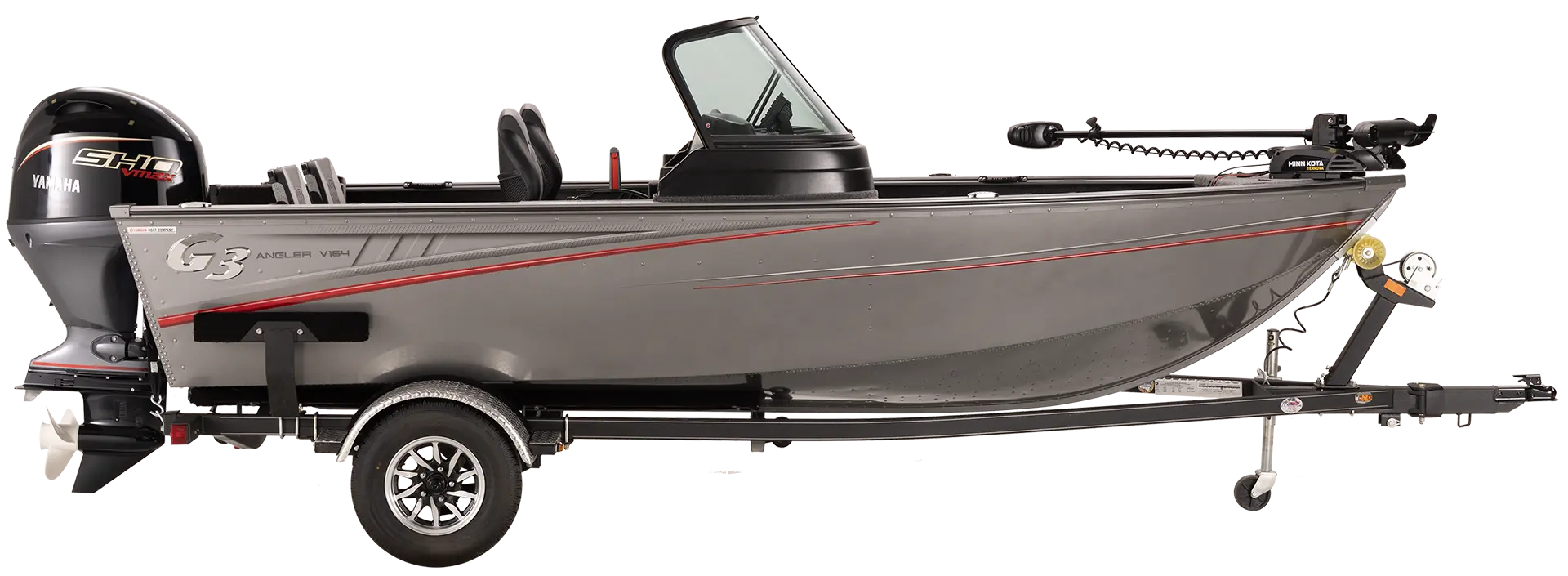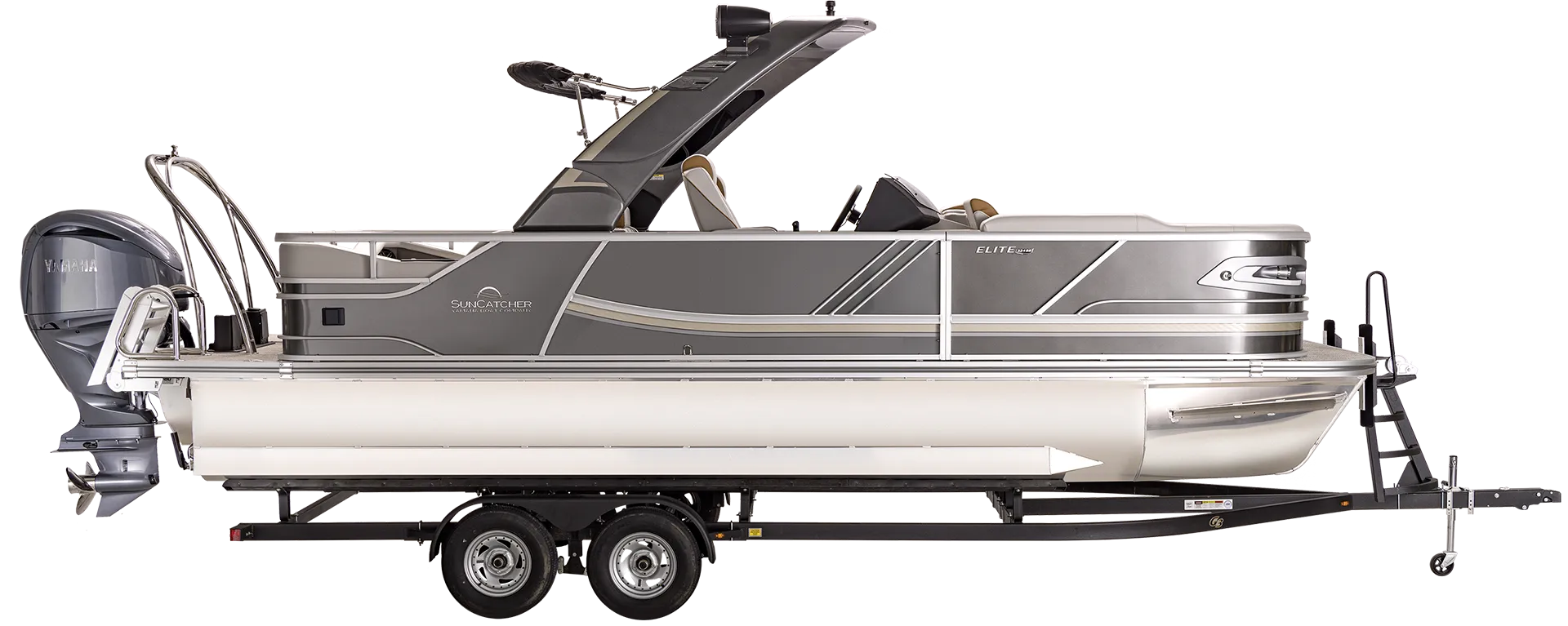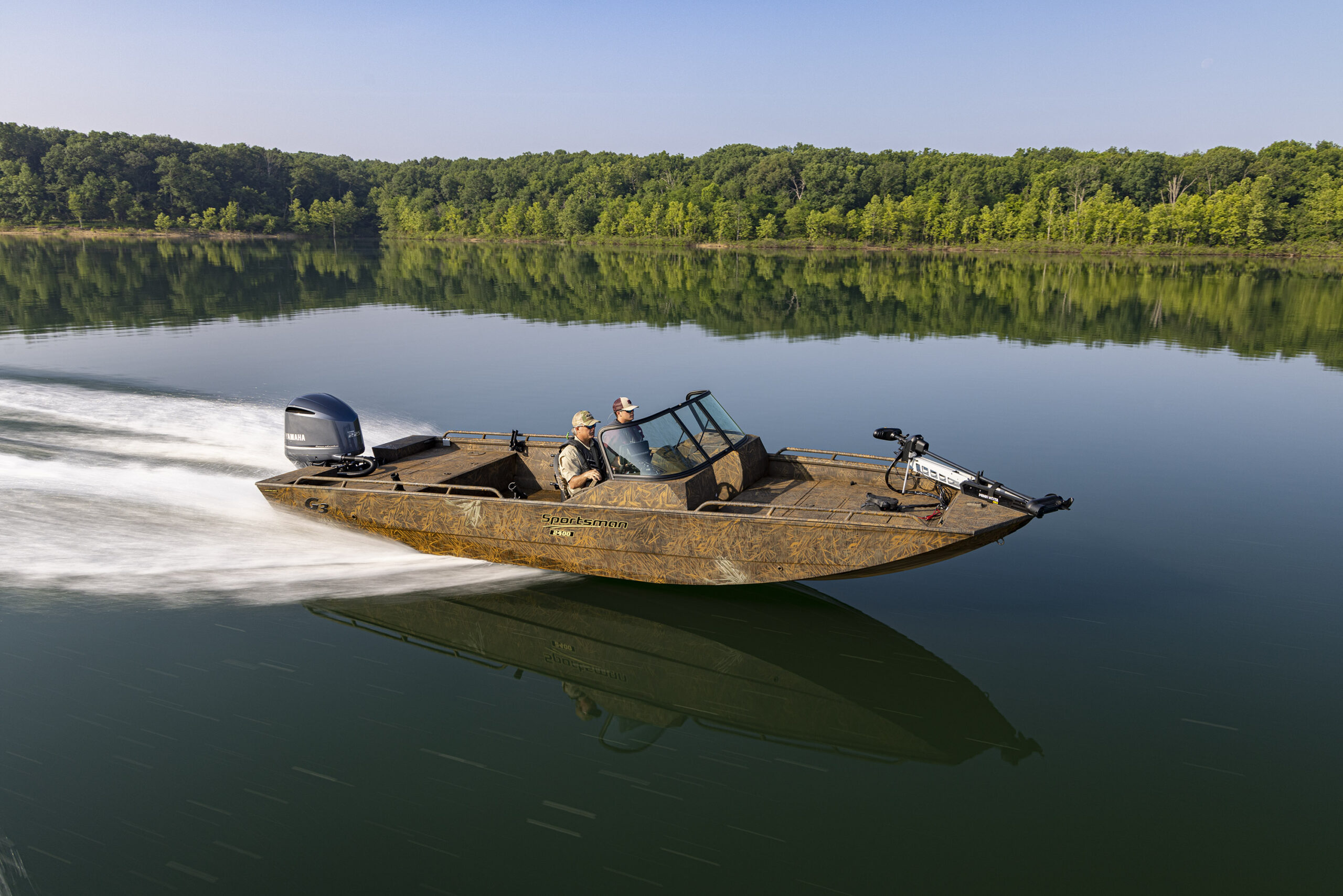For those new to boating, finding the perfect spot for your boat can be quite intimidating. To help you out, we go through everything you need to know about anchoring and docking so you are confident on the water.
Docking Tips and Tricks
First, Prepare Your Line
As you begin to approach a dock or mooring station, be sure to grab your line and tie it to your boat’s fender. This allows you to quickly attach your line to the dock as you slip into the spot. If you are unsure which side you will be docking on, consider having a line tied to each side just in case.
Always be Aware of Your Surroundings
There are often other boats around as you dock, especially at a public dock. Make sure to always lower your speed and scan your surroundings as you approach. Keep an eye out for debris and other lines as well as boats. Remember, other boats may be leaving or coming into the dock at the same time as you, so always be aware of your distance and speed.
Tie Up
Once you are alongside the dock, it is time to secure your boat to a piling or cleat. A cleat is typically made of metal or strong plastic, with two arms protruding from it. This is the easiest way to secure your boat as all you need to do is wrap the line several times in a figure eight pattern. However, some docks may not have cleats available, or at all. In this case you will need to wrap your line securely around a piling, then use a sturdy bowline knot to secure the line.
Anchoring Tips and Tricks
The first step to successful anchoring is knowing where your anchor is stored and ensuring the line is firmly attached to it. You should also know how long the chain or rope is for your anchor. This is crucial as you do not want to try to dock in water deeper than you have line rode for.
Approach the Spot
When heading into your anchoring position, you should always pay attention to the head wind. This will determine the direction in which you need to direct the boat as you drop anchor. Once you are in the area, you will want to face the wind, and bring the boat to a stop. Make sure to always check the water depth before letting out the anchor to ensure you have enough rode.
Lowering the Anchor
As the boat is stopped, begin to lower the anchor. The boat should drift downwind as you steadily let out the anchor line. Remember, the anchor needs to hit the sea or lake bed at an angle to grab hold and keep your boat in place. Once the anchor is on the ground, you can then adjust your boat and tie the rode securely in place on the boat.
Marking your Anchor
It is always a smart idea to attach a buoy to your anchor. This allows all incoming and outgoing boats to see where your line is and avoid any tangles or accidents. It will also help you to see if the anchor becomes loose or moves along the sea or lake bed. While fishing it will also allow you to avoid tangling your fishing line with the anchor chain. At night, make sure to use a light on your buoy so approaching boats can see it in the dark.
Anchoring and Docking Etiquette
First One There Sets the Anchoring Rule
This means that if you arrive in a bay, and see that a boat is already there with a stern anchor set, you should follow suit. This stops any potential accidents from boats floating into each other. On the other hand, if there is a boat already in the area with a loose anchor, be sure to leave enough space in all directions to avoid a collision if the wind changes.
Slow and Steady
Whenever you are entering an anchorage or docking area, be sure to reduce your speed to avoid creating a wake. This ensures that everyone can continue to enjoy whatever activities they are doing without being disturbed.
Sound Travels
Be courteous of other boaters in the area when you are docked or anchored. Sound travels a long way over the water, especially when motors are not running. Remember to keep your music at a decent volume especially in a crowded area and at night.
Knowing how to dock and anchor your boat is crucial for all boaters. Use the tips above and take your time, especially when you first head out. Make sure to practice your knot tying skills before heading out onto the water. You can also consider having lines attached to the fenders at all times to save time when you dock.
Looking for an upgrade or your first boat? Visit the G3 Boats website today and get started on building your dream boat, with customization options to suit your needs.







